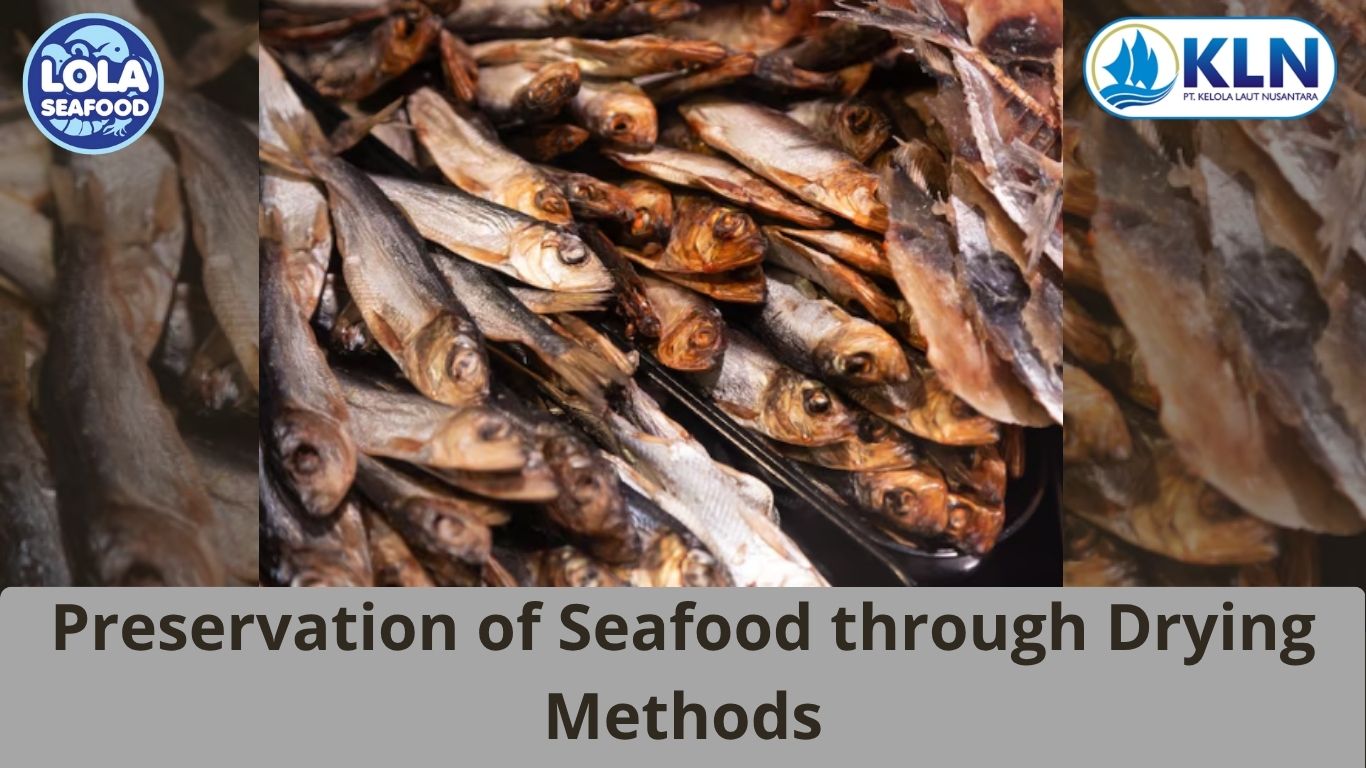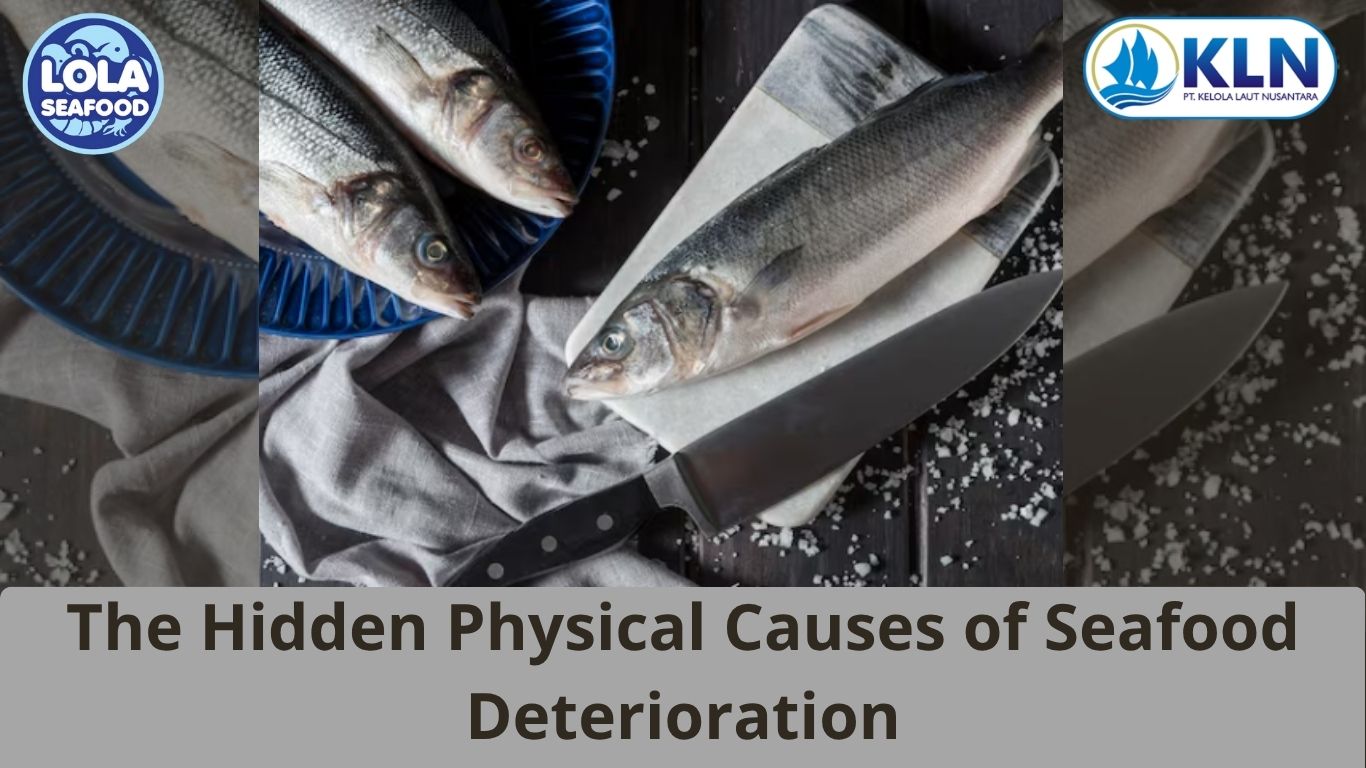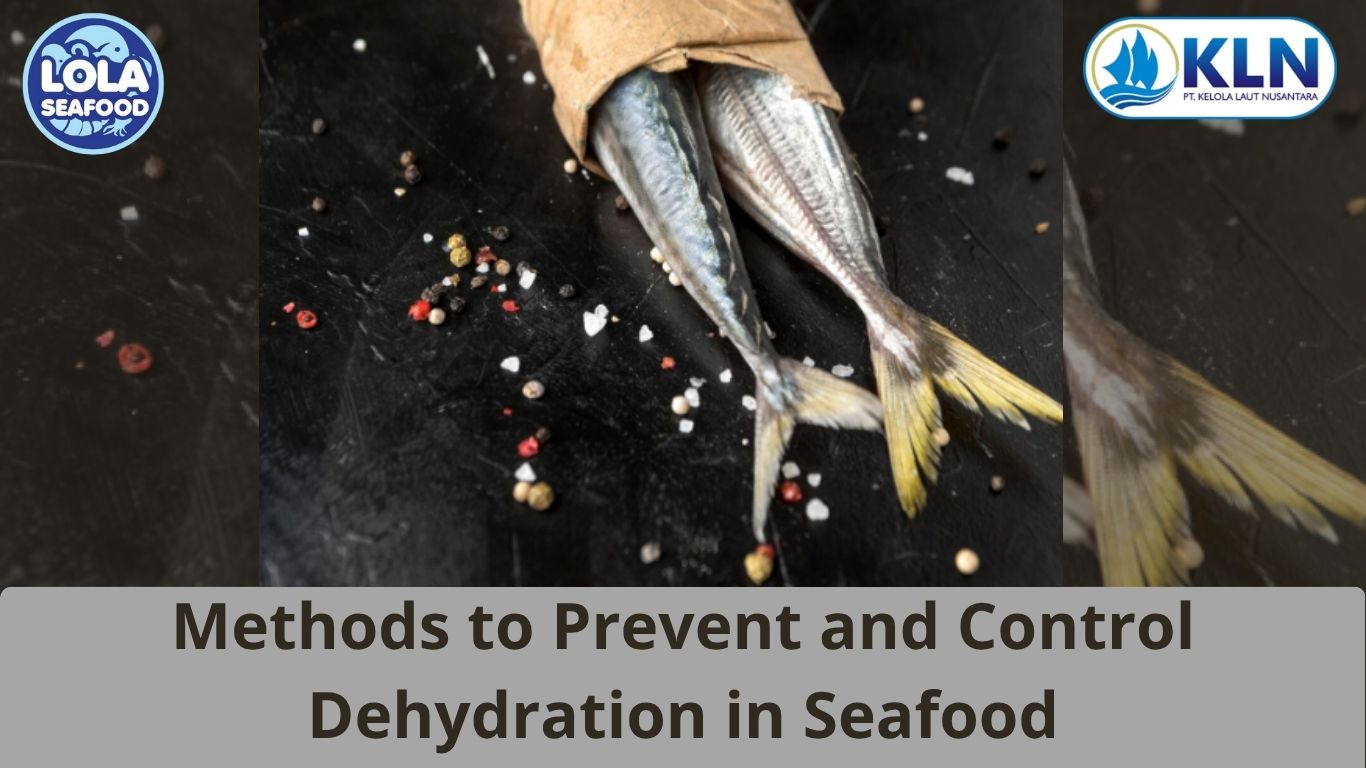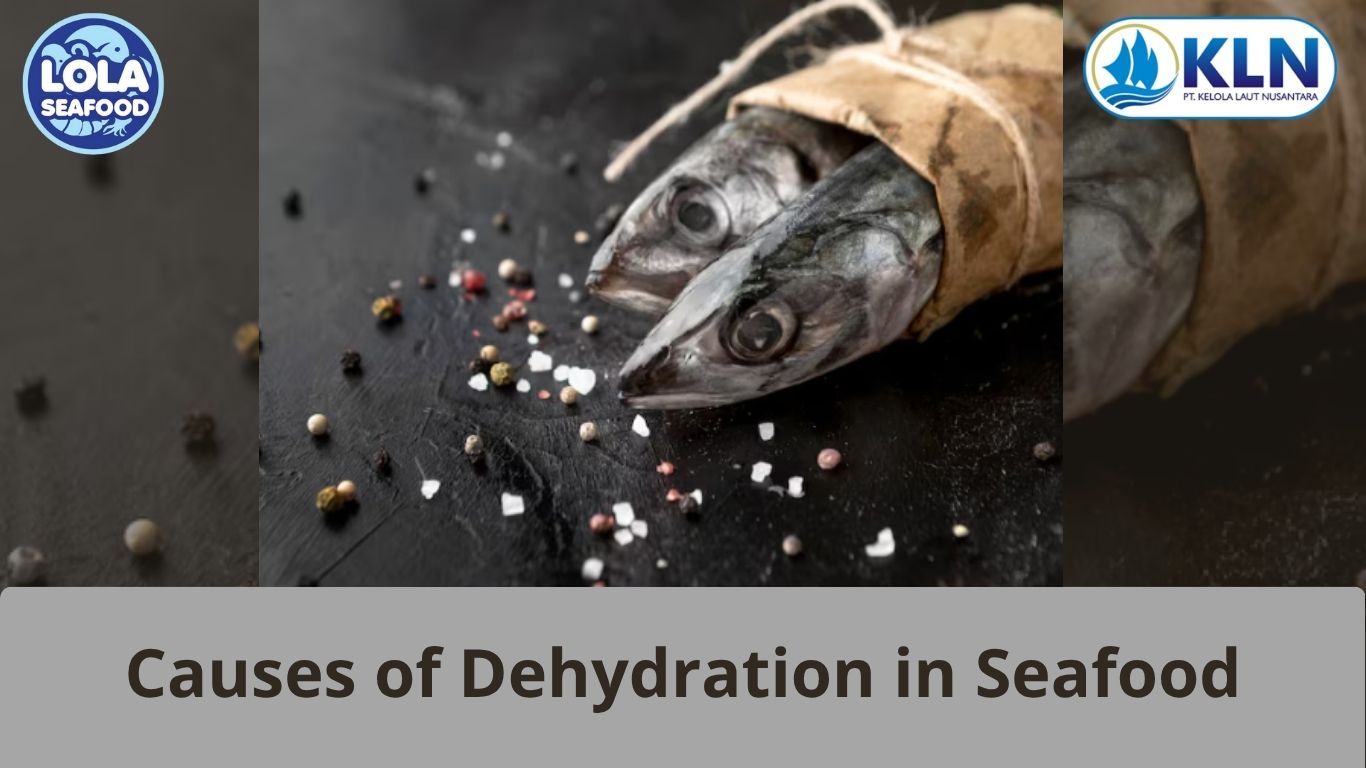Gillnet Fishing Gear: Design, Function, and Environmental Considerations
By. Najih - 06 Nov 2025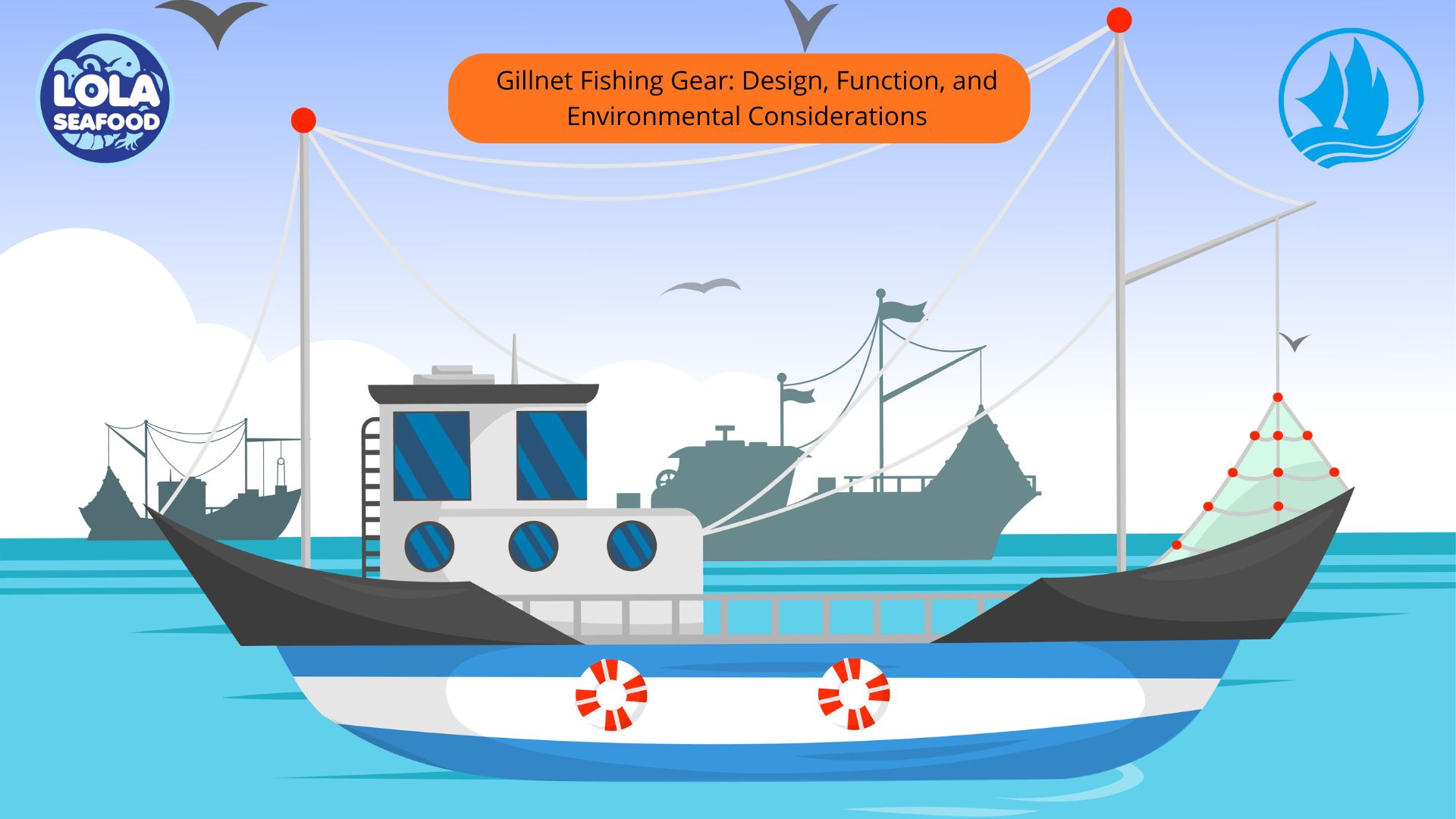
kelolalaut.com Gillnets are among the most widely used types of fishing gear in both artisanal and commercial fisheries around the world. Known for their simplicity and effectiveness, gillnets have been used for centuries to catch a wide variety of fish species. This article explores the design and function of gillnets, their operational techniques, advantages, disadvantages, and their environmental implications in modern fisheries.
1. Definition and Basic Principles
A gillnet is a wall-like fishing net that hangs vertically in the water column. It is designed to entangle fish by their gills when they attempt to swim through it. The mesh size of the net is carefully chosen based on the target species, ensuring that the fish’s head can pass through the mesh but the gill covers cannot. As a result, the fish becomes trapped when it tries to back out, effectively capturing it without the need for active pursuit.
Gillnets can be set at various depths depending on the species being targeted. Surface gillnets are used for pelagic fish such as mackerel or sardine, while bottom-set gillnets are used for demersal species like cod, flounder, or snapper. This versatility makes gillnets a valuable tool for many fishing communities.
2. Components and Construction
A typical gillnet consists of three main parts: the float line, the netting panel, and the lead line.
-
The float line (upper rope) contains floats that keep the net suspended in the water.
-
The lead line (bottom rope) is weighted to keep the net stretched vertically.
-
The netting panel is made of monofilament or multifilament nylon, which can vary in mesh size and color to suit different fishing conditions.
Gillnets can be constructed as single-walled (one layer of netting) or trammel nets (three layers). Trammel nets are more complex and can capture a wider range of fish sizes because of their inner fine-mesh layer and outer large-mesh layers.
3. Operation and Deployment
The deployment of gillnets depends on the target species and fishing environment. The two main methods are set gillnets and drift gillnets.
-
Set gillnets are anchored to the seabed and remain stationary. They are commonly used in shallow coastal areas and are retrieved after several hours or overnight.
-
Drift gillnets, on the other hand, are not anchored. They drift with ocean currents and are used in pelagic fisheries. This method is efficient for capturing schooling fish but has raised environmental concerns due to bycatch.
The fishing efficiency of a gillnet depends on several factors, including mesh size, color, material, soak time, and location. Fishers often choose clear or light-colored monofilament nets to make them less visible underwater, increasing catch rates.
4. Advantages of Gillnets
Gillnets are popular because they are relatively inexpensive, easy to construct, and require minimal fuel and manpower compared to active gears like trawls or purse seines. They are also highly selective if designed properly, allowing fishers to target specific sizes or species. For small-scale fishers, gillnets provide an accessible means of livelihood that can be operated from small boats or even from the shore.
Moreover, gillnets cause less habitat disturbance than bottom trawling since they do not drag along the seabed. This makes them a preferred option in areas with sensitive habitats such as coral reefs or seagrass beds.
5. Environmental and Management Issues
Despite their advantages, gillnets pose several environmental challenges. One major issue is bycatch, the unintentional capture of non-target species such as turtles, dolphins, seabirds, and juvenile fish. In drift gillnet fisheries, the problem can be severe due to the large area of netting that remains unattended in the water for long periods.
Another concern is ghost fishing, which occurs when lost or abandoned gillnets continue to trap marine life for months or even years. Synthetic materials like nylon are highly durable and can persist in the ocean for decades, contributing to marine debris and ecosystem degradation.
To address these issues, several mitigation measures have been developed. These include the use of acoustic deterrent devices (pingers) to keep marine mammals away, biodegradable netting materials, and time–area closures to protect vulnerable species during critical periods. Proper management and enforcement of regulations, such as mesh size restrictions and mandatory net recovery programs, are essential to reduce the negative impacts of gillnet fisheries.
If youre interested in our Emperor Fillet Skin On , Emperor Fillet Skinless , Emperor Grass Whole Round / Whole Gilled Gutted Scaled , Emperor Red Spot Whole Round / Whole Gilled Gutted Scaled and Emperor Whole Round / Whole Gilled Gutted Scaled please do not hesitate to contact us through email and/or Whatsapp


.jpg)
